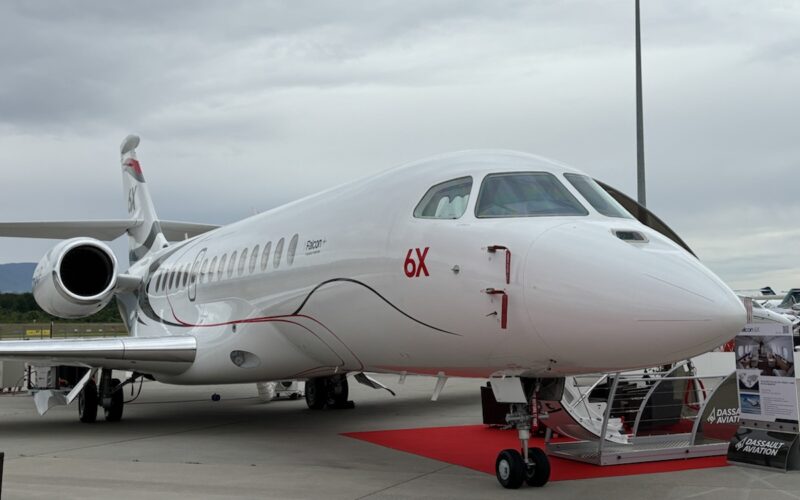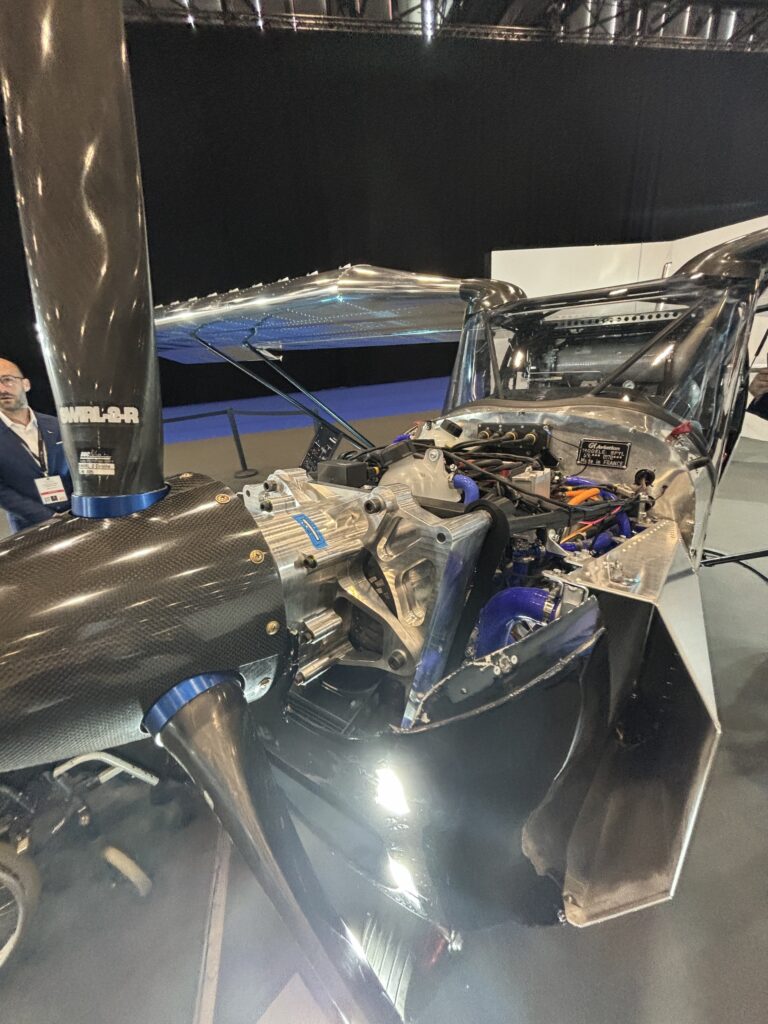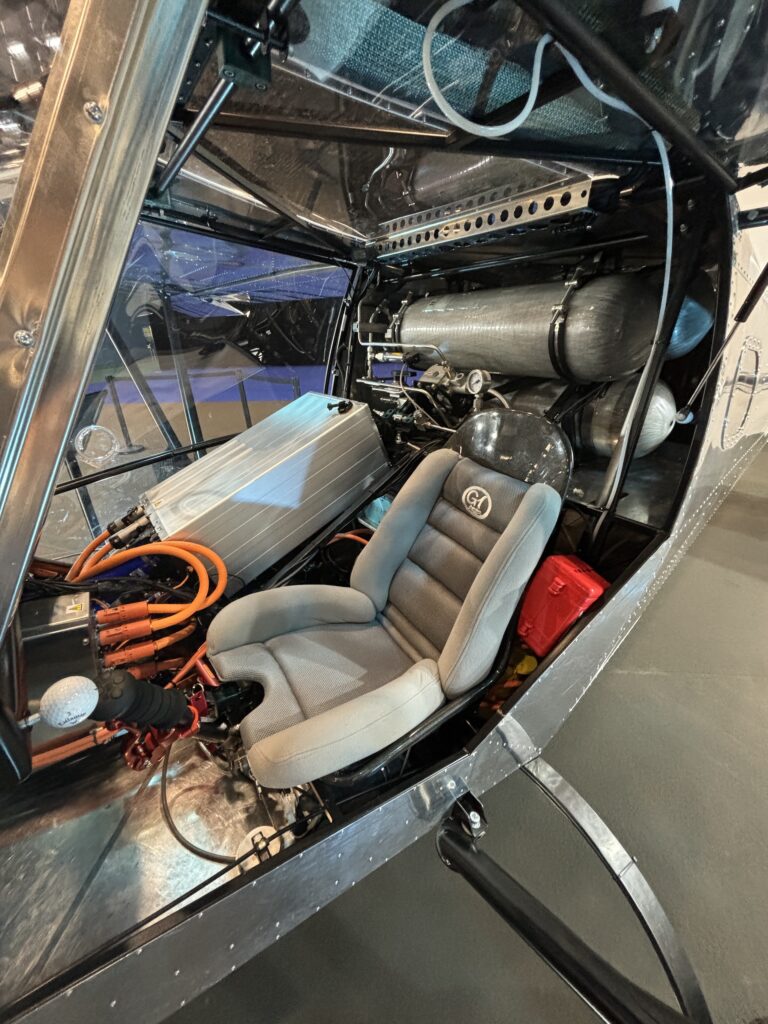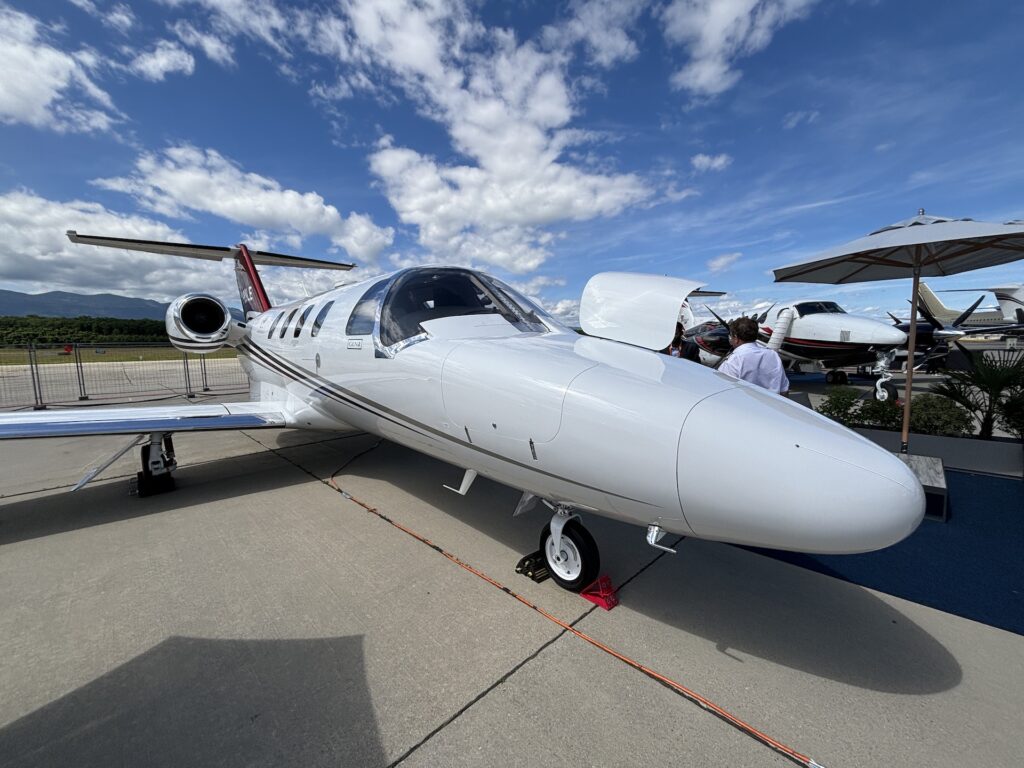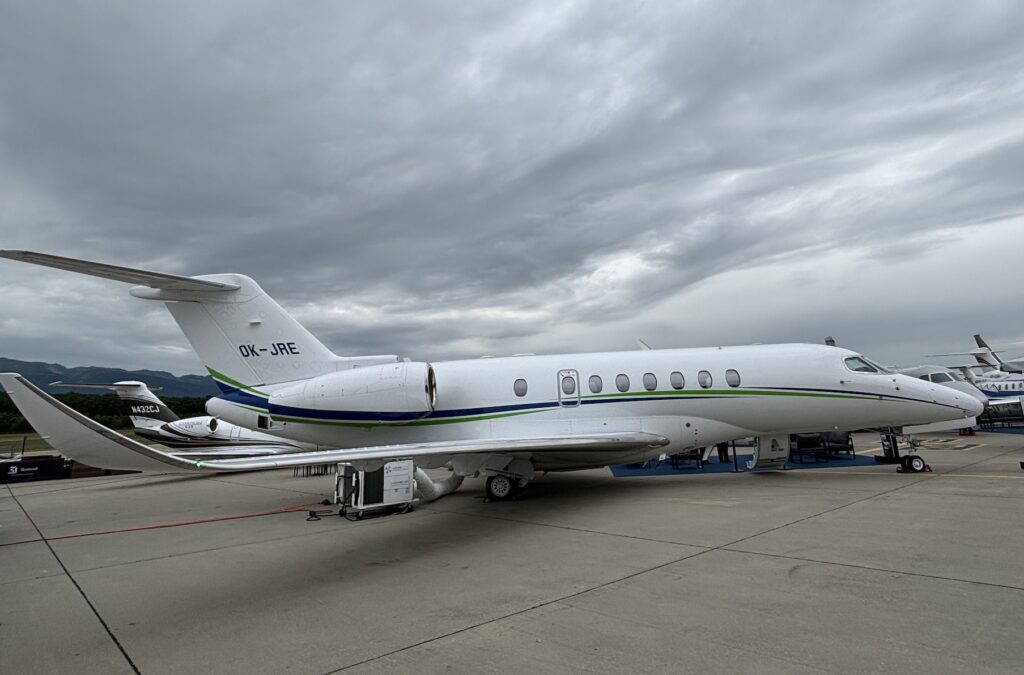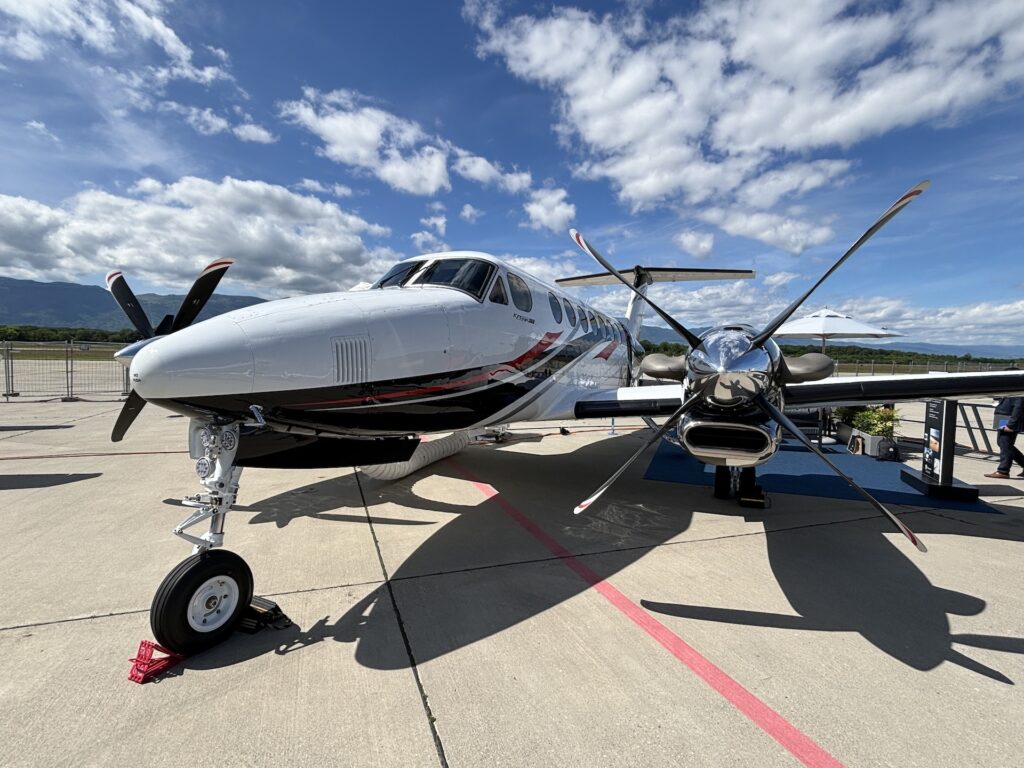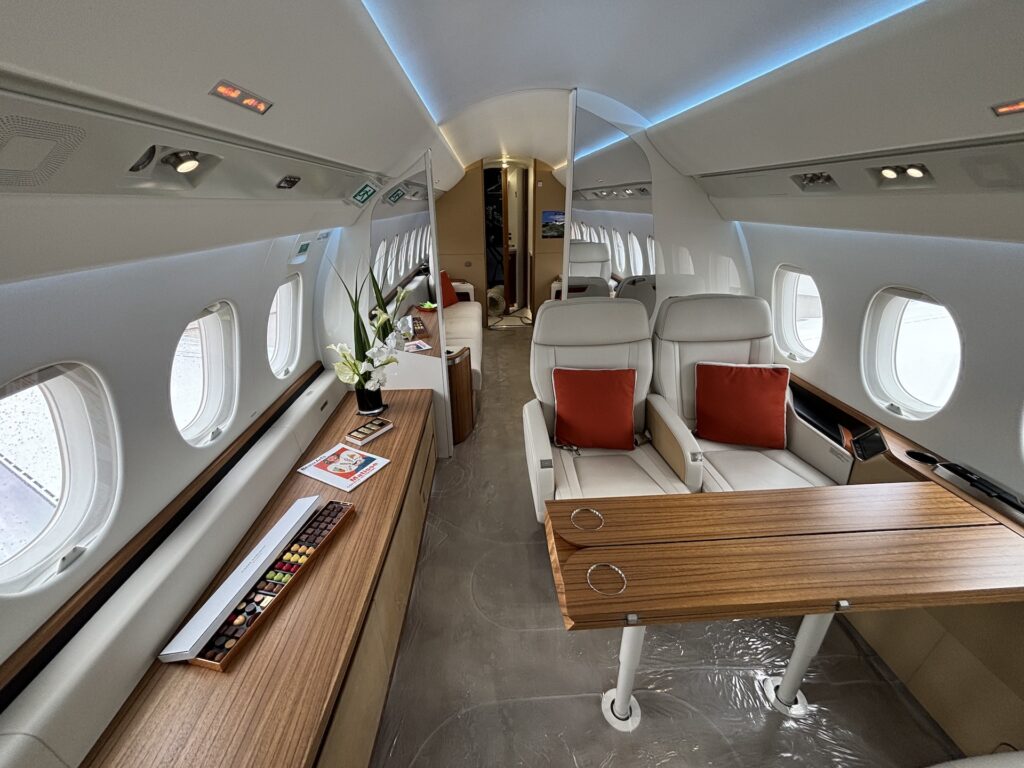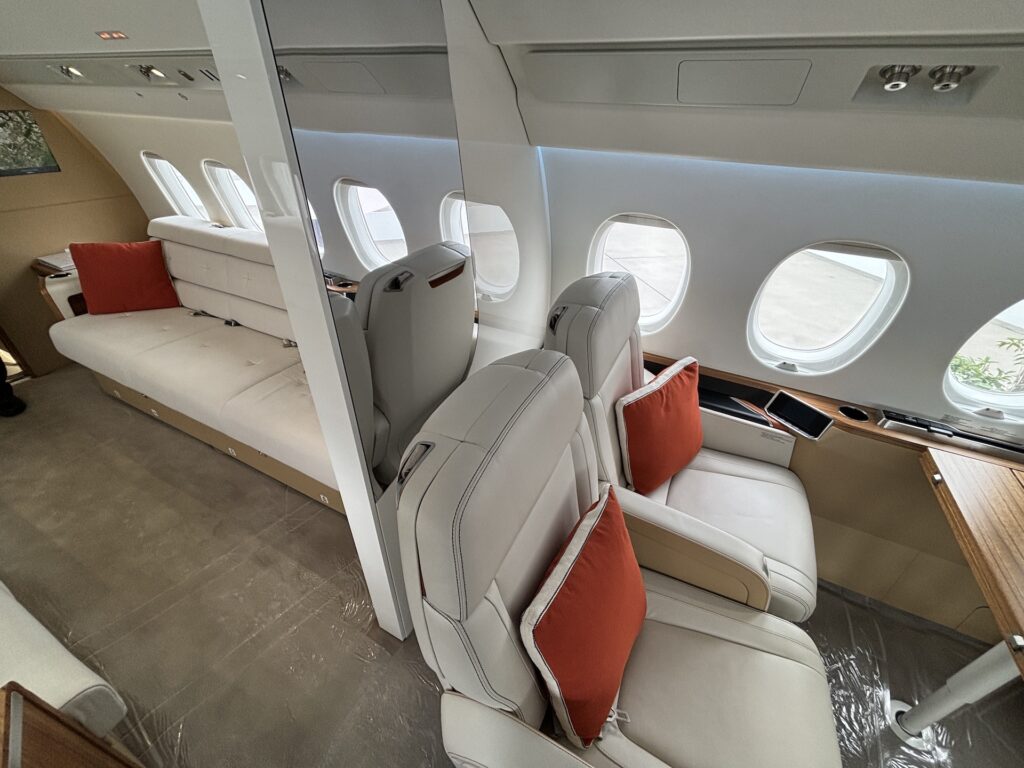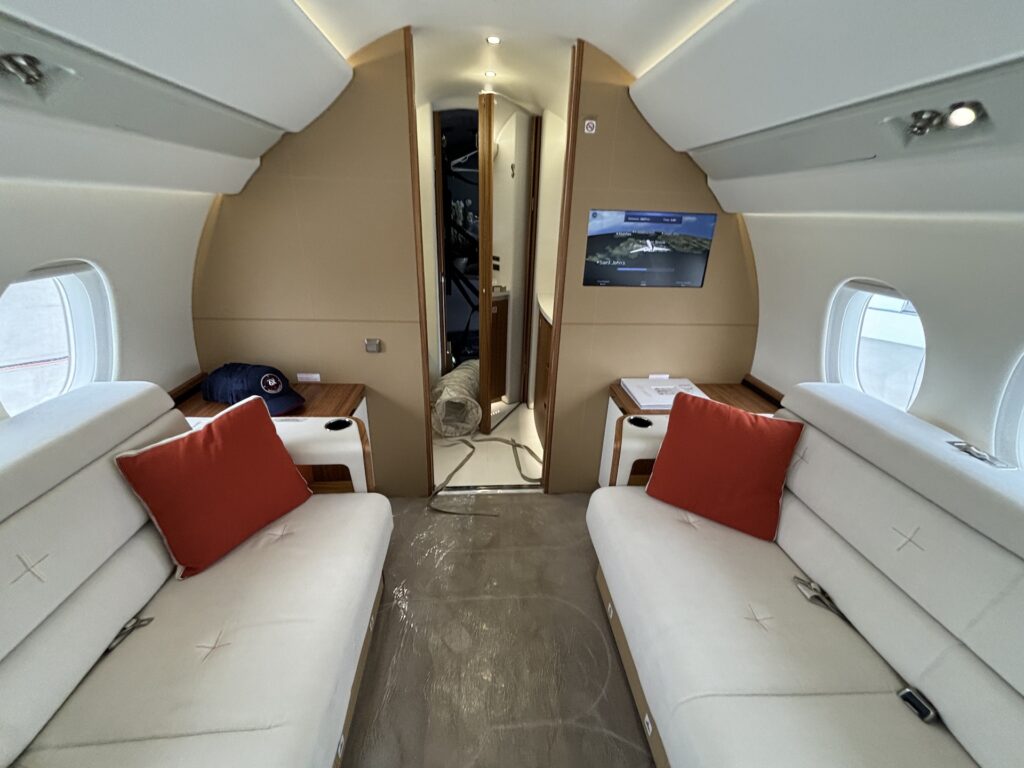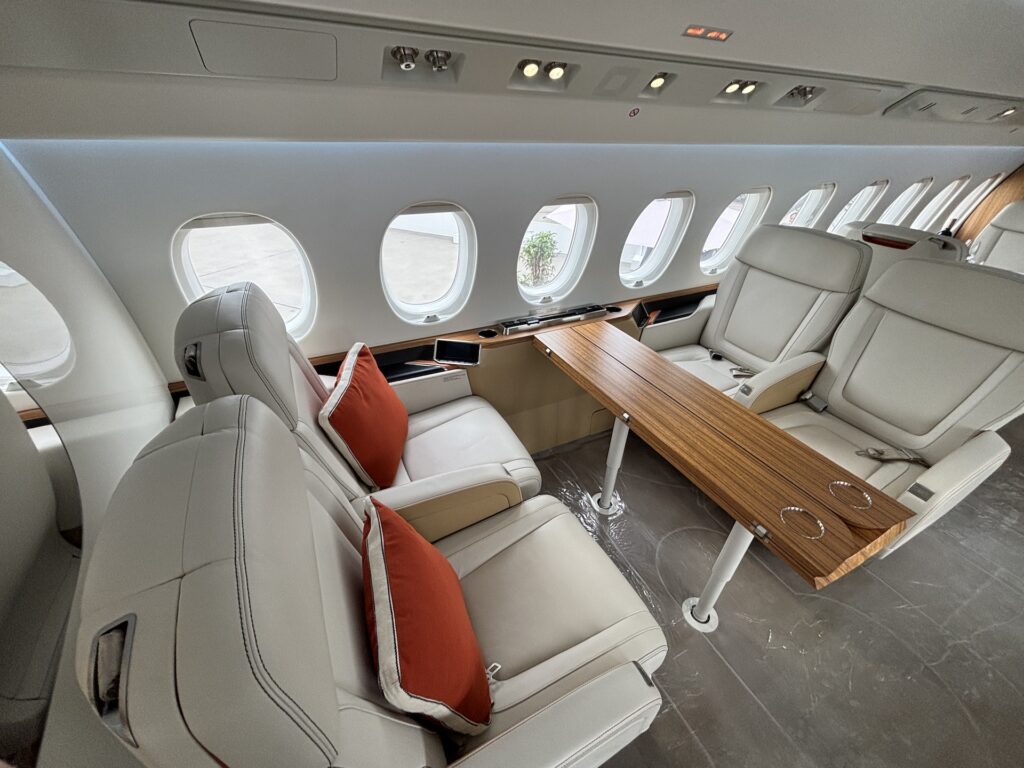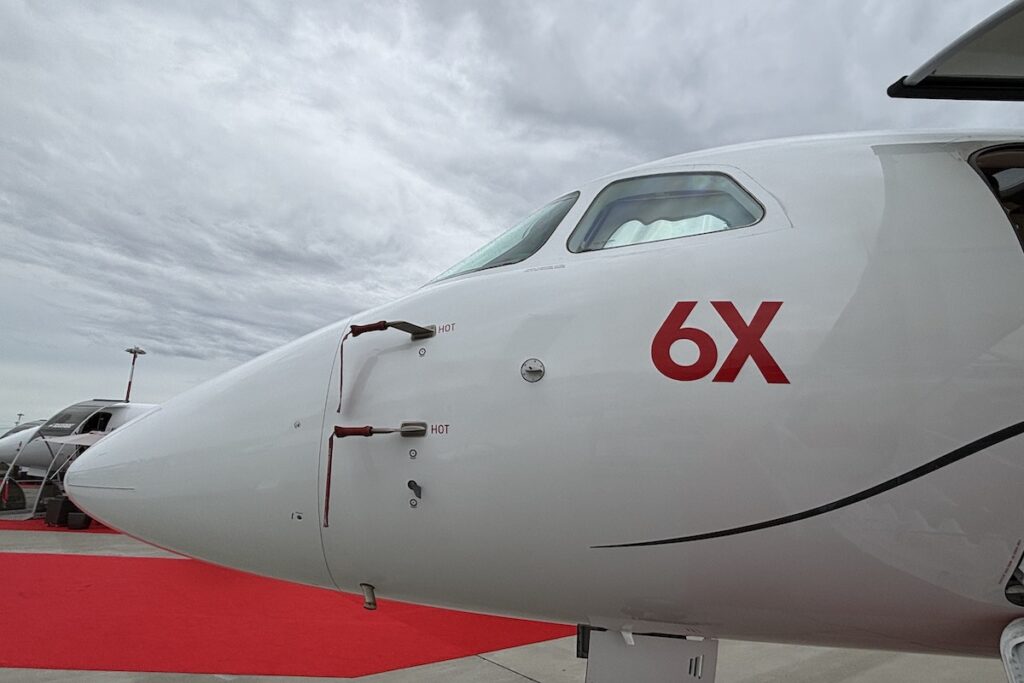The executive aviation industry is currently facing a paradox. On the one hand, demand for private flying remains strong, propelled by the rise in the number of high-net-worth individuals around the globe. While on the other hand, the industry is increasingly being questioned by the public, the media, and politicians over its environmental credentials.
It is no exaggeration to say that many within the industry fear the possibility of it going the way of the tobacco or coal industries.
The emerging advanced air mobility (AAM) segment of the industry, which is mostly electric, hybrid or hydrogen-powered, offers not only a blue ocean-type opportunity for growth, but a way for established industry players to demonstrate their sustainability credentials.
At the same time, the advanced air mobility space and the executive aviation industry are becoming more linked, representing not just a source of funding for startups, but also a platform to develop new commercial opportunities that otherwise would be harder to come by.
So, it’s no wonder that both types of companies are increasingly grouped together at major industry events such as EBACE.
The 2024 edition of the EBACE executive air show, between May 28 and 30, 2024, in Geneva confirmed this phenomenon, something already made apparent in its previous edition.
Executive aviation embraces Advanced Air Mobility
Proof of this growing connection between advanced air mobility and the more conventional executive aviation sector is the prominent exhibition space taken by eVTOL developer Lilium at EBACE 2024.
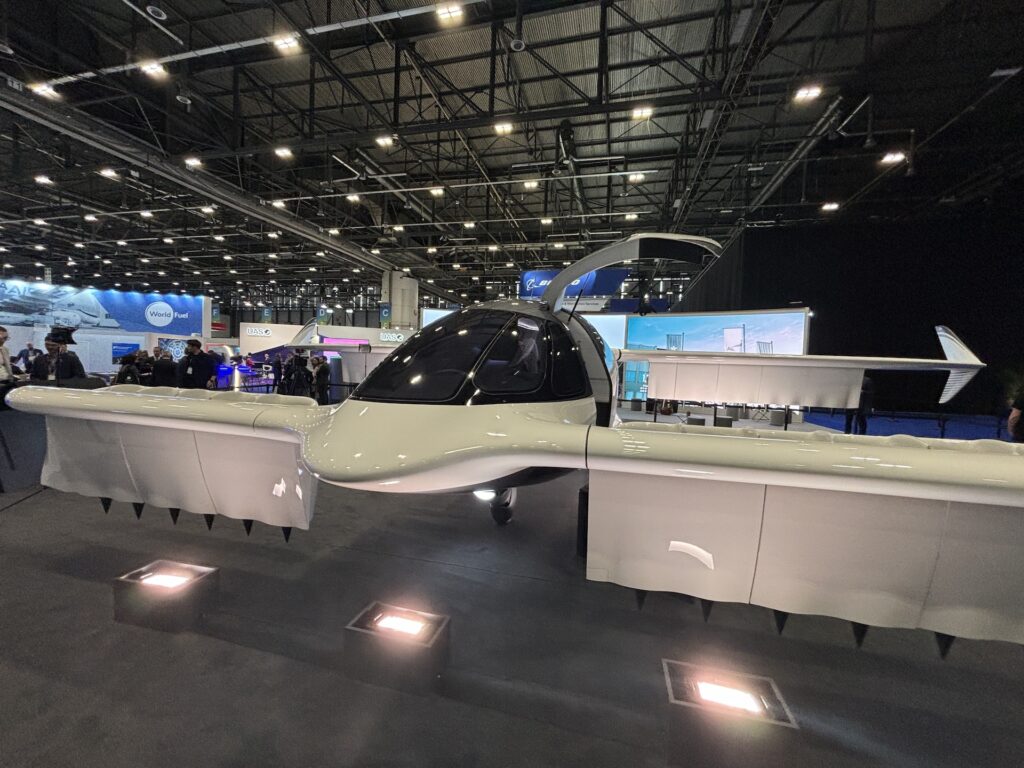
While it was the first time the German firm had showcased a complete full-scale mock-up of its revolutionary Lilium Jet, AeroTime was given the chance to offer its readers an exclusive view of the state and inner workings of this leading advanced air mobility project just a few days before the show.
Another advanced air mobility startup from the Munich area present at EBACE was electric aircraft developer Vaeridion, which offered visitors to its booth a first impression of its future nine-seater aircraft cabin.
During the show, Vaeridion announced its entry into the emergency and air rescue space by signing a partnership with Germany-based Aero-Dienst, a provider of medicalized air services. The two firms will work together on the development of an air ambulance version of Vaeridion’s eCTOL aircraft.
When it comes to sustainable aviation, France was also well represented at EBACE.
Hybrid-electric aircraft pioneer VoltAero, which had already exhibited at the 2023 editions of EBACE and the Paris Air Show, exhibited the demonstrator aircraft it has used throughout its recent test campaign.
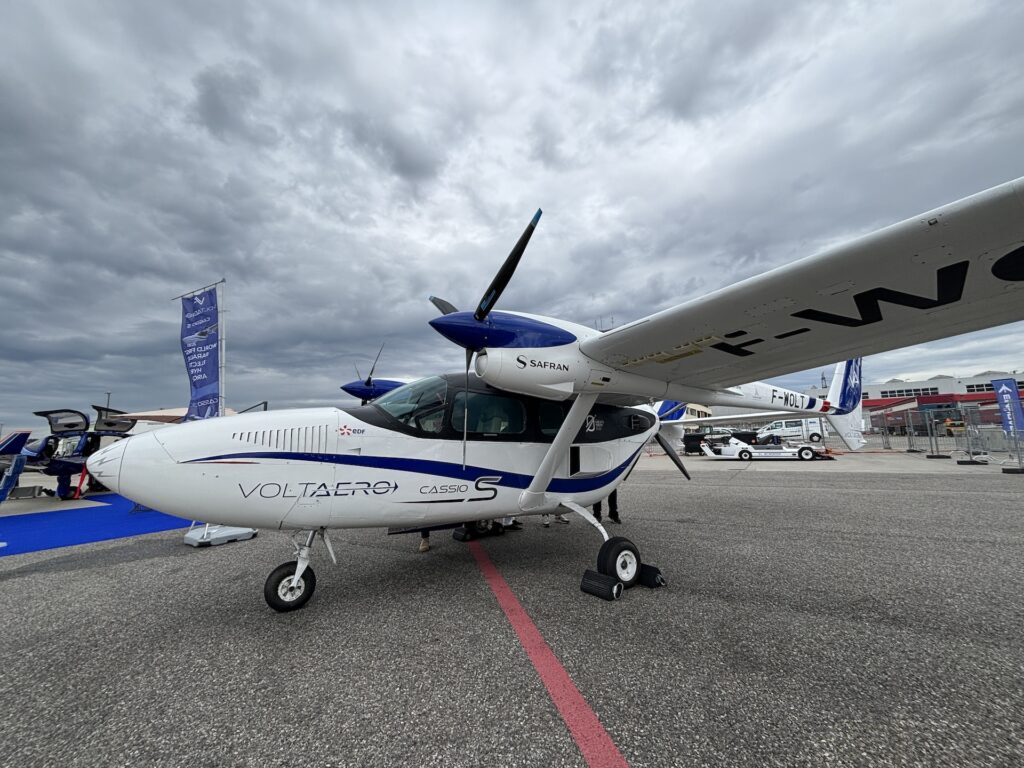
Another startup, Beyond Aero, presented its hydrogen fuel cell demonstrator, with which it completed the first hydrogen-powered flight in France in early 2024. This aircraft is expected to pave the way for the development of a clean-sheet hydrogen-powered aircraft at a later stage.
Hydrogen is also the fuel of choice of Bertrand Piccard, the Swiss adventurer and explorer. Piccard’s next project aims to demonstrate the possibilities of this element as a clean energy source by flying nonstop around the world in a specially designed aircraft powered by liquid hydrogen. It will be called the “Climate Impulse”, a reference to the “Solar Impulse”- the solar-powered aircraft with which Piccard and his co-pilot, André Borschberg, managed to circumnavigate the world in 2016.
The aircraft at EBACE 2024
Zero emissions propulsion has also piqued the interest of some of the established manufacturers. One of them, Textron, has even created its own electric aviation division, which acquired Slovenian electric aircraft maker Pipistrel in 2022 and is working on the development of its own eVTOL aircraft.
At present, these projects represent a relatively small portion of Textron’s business. However, the US firm brought a good cross section of its (conventionally powered) product range to Geneva.
These included its super-midsize flagship jet, the 12-seater Citation Longitude, and the midsize Citation Latitude, which saw the delivery of its 400th unit earlier in 2024. Textron also exhibited smaller models, such as the Citation CJ4 and Citation M2 Gen2 aircraft and a King Air turboprop. The latter is a classic that turned 60 in 2023.
Dassault’s new Falcon 6X, showcasing its sleek cabin interior design, and the second unit of Airbus A220 ACJ “TwoTwenty” fitted by Comlux, were two other major highlights of a static display that this year registered notable absences such as Gulfstream and Bombardier.
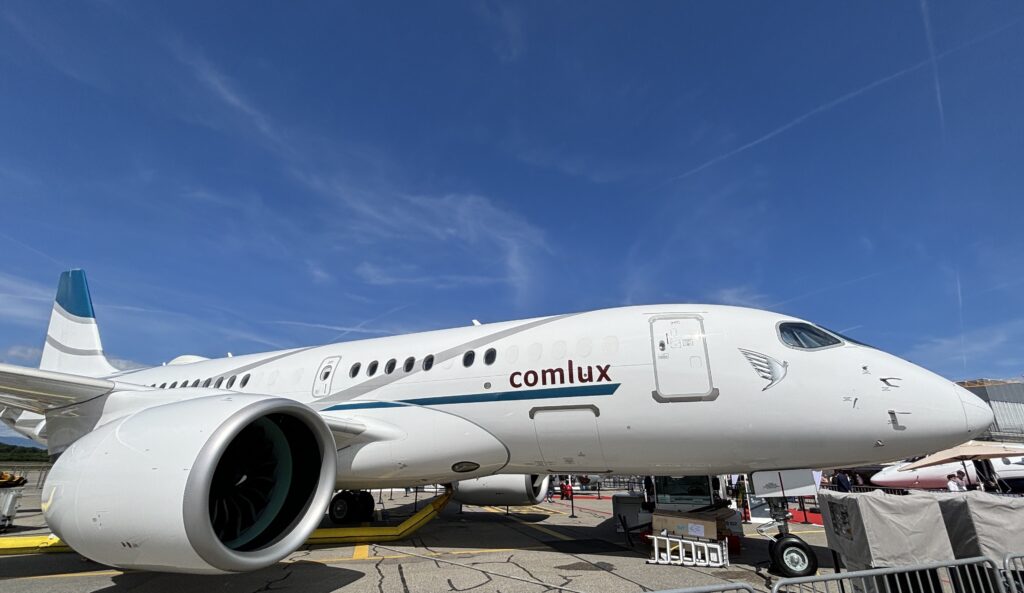
How technology is shaping the executive aviation experience
However, as impressive as the jets on display were, much innovation in the executive jet industry is taking place behind the scenes.
An example of this is the way Web Manuals, a Swedish company that digitizes all sorts of essential documentation, has fully embraced artificial intelligence (AI).
One of the biggest challenges faced by business jet operators and airlines is the massive amount of documentation they need to handle. A figure that has only gone up as regulators keep pushing for more detailed operational requirements.
Speaking with AeroTime, Web Manuals’ CEO, Martin Lidgard, explained how the company recently released a tool called “Amelia”.
“Amelia is our first AI application,” Lidgard said. “It can help pilots navigate this complexity and sort through thousands of pages of documents detailing procedures and accessing the relevant information.”
Another area of the industry in which much is happening behind the scenes is in-flight connectivity. This is because executive jet users are increasingly regarding always-on internet connectivity as a must.
“If aircraft’s connectivity is not working, the aircraft doesn’t take off,” Chris Moore, President at Satcom Direct, a company providing connectivity systems for aircraft, told AeroTime. “We actually have customers that when there’s no internet, they would charter another plane, even if they already have their own, just because the internet is not working. Connectivity has become very important, that’s why there’s so much activity in the marketplace right now.”
“People want to be connected all the time, even on short flights. They don’t distinguish between the small and the big jets, they want to have the same connectivity experience whether they are on, let’s say, a [Bombardier] Global or a Challenger,” he explained.
Satellite connectivity is making its way onto even the smallest of planes.
At EBACE, Serbia-based Prince Aviation presented the first installation of an Iridium system on a light Cessna 525 Citation Jet.
“This is the first example of how affordable Internet can be offered to all, because it’s cheap to install and to use,” explained Vladimir Jovanovic, CEO of Prince Aviation. “The worst nightmare as an operator is the very high prices, let’s say, of around $8 per megabyte. We have seen internet bills for over €10 or €15,000.”
“We are now doing the trial, but we think we can get to around €100 per flight of cost to use it. We tested the aircraft with five people on board and [it] worked. It’s not high speed. It’s not streaming, so you cannot watch movies, Netflix, or YouTube, but it gives you productivity. You can message, [use] WhatsApp. Basic stuff,” he added before highlighting how the system can be installed in even smaller aircraft.
He is even thinking of installing it on a Cessna 172 next.
“If we finally do that, it’s going to be the smallest connected aircraft in the world,” he added. “You don’t really need it, but we are thinking in doing it just as a showoff. To show it can be done.”
Insisting on the always-on connectivity that has come to be expected, Satcom’s Chris Moore brought about a comparison with mobile phones. It is the equivalent to not noticing which network your cell phone is connected to when you travel.
“The other big thing that’s happening in this industry is that, ultimately, customers want redundancy,” he said. “They don’t care if they are connecting to a geostationary (GEO) satellite or a low-Earth orbit (LEO) one, as long as the connectivity is always on.”
Satcom Direct is trying to solve this issue with an electronically steered array antenna and the related routing equipment, which can mash signals from different satellites together. This provides a dual, backed up internet solution that allows people to connect to different types of satellite seamlessly.
“This is the type of full redundancy which you see in the military. But now we’re getting a lot of demand in business aviation too because customers are all of a sudden saying, ‘I don’t want to put all my dependency in one system’,” Moore added. “And, as a customer, you just get one bill. It’s really just like a mobile phone subscription.”
This ability to connect to different networks was also highlighted by Honeywell Aerospace’s representatives at EBACE, Steve Hadden, VP & General Manager, Services & Connectivity, and Adam Sheppard, General Manager Satellite Communications & Connected Aircraft.
Hadden and Sheppard told AeroTime that the US aerospace technology firm is building its systems to be able to work on multiple different satellites.
“We call it satellite provider agnostic and vendor agnostic,” they said. “Many of the other new terminals that are coming out may inject competition at the satellite level, but not at the service provider level. When they’ve locked in a customer, they own that customer, and they can raise prices. They control it. [They] have a monopoly over that customer.”
This is why, despite the popularity of some platforms like SpaceX Starlink, many air operators might prefer to keep their options open.
“Consumers have many opportunities to work with different networks right now. Maybe more than half of the users may take more than two systems because the price of the systems and the price of the service are going to come down, with the added benefit of having resiliency and redundancy in the service,” the Honeywell executives said. “We’re seeing it in airlines today, and in lots of RFPs in the industry. They [the airlines] want to have access multiple networks and be able to switch in light to make sure they can maintain their commitment to the customer.”
On most large and mid-cabin executive aircraft you already have two systems: one that is used in the cockpit to receive operational updates, and a Ka-band system used for passenger connectivity.
“The problem is that one of these two is not really high throughput at the moment, but our belief is that here in the future, you will have two high throughput systems and you’ll be able to use depending on the needs of the moment,” the Honeywell executives explained. “So, we talk about global seamlessness, of being able to fly all the way around the world and enjoy an uninterrupted connection.”

